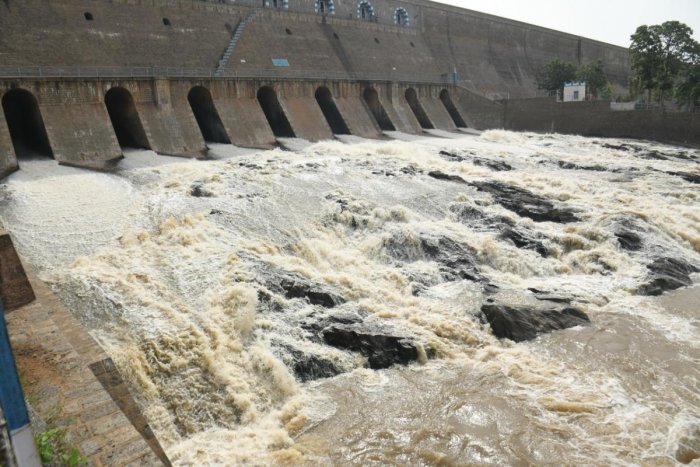Chandigarh, March 27
As summer sets in over northwest India amidst deficient rain and a looming heat wave, water level in dams in Himachal Pradesh that are crucial for irrigation and power generation remains below normal. The situation in Punjab, on the other hand, is better.
The combined storage in two major dams in Himachal Pradesh is 12 per cent below normal for this time of the year, data compiled by the Central Water Commission (CWC) reveals. In Punjab, the current storage, however, is 23 per cent above average.
At Bhakra Dam, which lies on the Sutlej in Himachal, the current storage is 26 per cent of its total capacity as compared to the past 10 year average of 33 per cent. The storage at Pong Dam is 28 per cent as compared to 30 per cent over the past 10 years.
In contrast, Thein Dam, which lies on the Ravi in Punjab, is filled up to 45 per cent of its capacity as compared to the past 10 year average of 27 per cent. CWC data also shows that the current storage at all three dams this year is better than the previous year for the same period.
As far as benefits are concerned, the combined hydel power generation capacity of Bhakra and Pong dams is 1,775 megawatts and the irrigation potential is 676 thousand hectares. Pong has a hydel capacity of 600 megawatts with an irrigation potential of 348 thousand hectares.
While temperatures over most parts of northwest India have been above normal on several days during March, the weather department has further predicted gradual rise in maximum temperatures by 2-3 degree Celsius and isolated heat wave conditions over the western Himalayan region, which may spur snowmelt and consequently increase inflow into reservoirs.
According to available information, rains in northwest India have also been deficient in spring. While rain was below the long period average in Punjab, Haryana and Himachal Pradesh in February, these states remained almost dry in March, affecting inflow into rain fed reservoirs.
Discussions
Discussions
